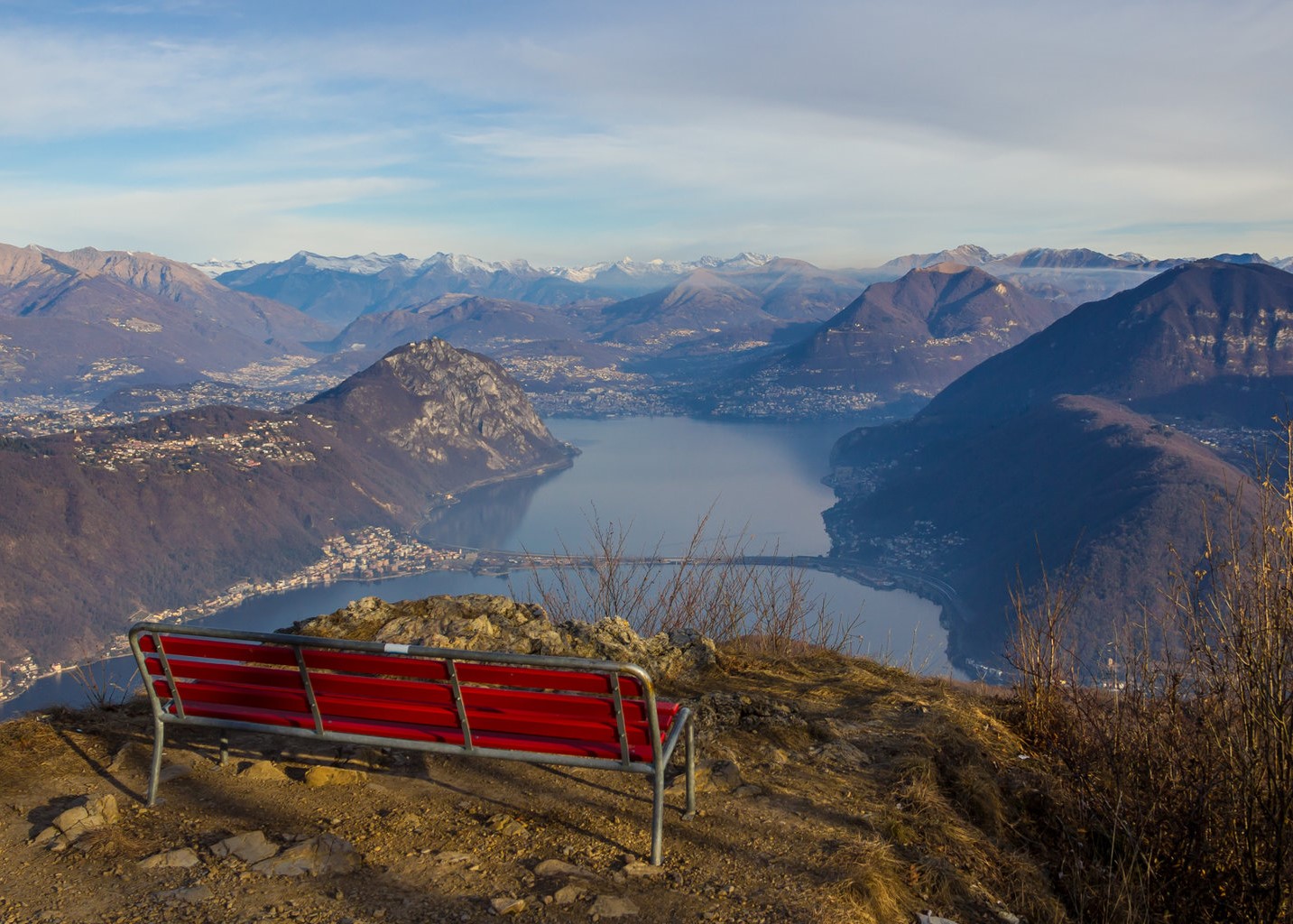
Monte San Giorgio, a mountainous mass in pyramidal form south of Lake Lugano (between Lombardy and Switzerland), is a site of extreme historical, archaeological and scientific value. An international point of reference for paleontological research, the Italian slope of Monte San Giorgio was inserted onto UNESCO’s World Heritage List in 2010 (the Swiss side was inserted in 2007). Its rocks contain a rich quantity of fossils that date as far back as 250 million years ago (the Middle Triassic), many of which are also in an exceptional preserved state.
The finds document life in what was a tropical lagoon during the aforementioned epoch, protected and partially-separated from the open sea by a thin coral reef. The sediments of Monte San Giorgio constitute the best fossil remains that testify to Triassic period marine life; they are extremely important to the study of species evolution in the face of geoclimatic changes.
Monte San Giorgio is a rather singular place: the only fossiliferous zones that are on par with it internationally contain proof of terrestrial life, not marine. Also of extreme interest for scientific study is the presence of five different fossil formations that narrate, in succession, the mutations in climate and life forms over a 15 million-year arc of time.
During the Triassic period the stagnant seabed (on the edge of the Tethys Ocean), with very little oxygen excepting that from the lagoon, created an environment favorable to the preservation of the remains of the animals that inhabited the zone. Such includes reptiles, fish, bivalves, ammonites, echinoderms and crustaceans. Its vicinity to terra firma, nonetheless, enriched the sample collection with numerous fossils left by terrestrial species, especially reptiles, plants and insects, and a unique exemplar of an arcusaurus skeleton, that of the Ticinosuchus.
The species so far discovered up to the present number at 21,000, including 30 reptile species, 80 fish species, and approximately 100 invertebrates. Some of the fossils that stand out the most include those that reach up to 19 feet, seven inches in height, and very rare species such as the Sangiorgiosaurus and the Ceresiosaurus, names that derive from the sites where they were found. Many of these remains, by now objects of study in Switzerland and Italy for around 700 years, are exhibited and preserved in part in museums in Besano and Milan.
Surrounding Areas
A visit to the archaeological museums that hold the Monte San Giorgio fossils – like that of Besano (Province of Varese – offers a unique opportunity to travelers, in that they can combine the discovery of our planet’s prehistoric epoch with excursions into nature.
The nearby Lakes Maggiore and Como makes it very easy to plan field trips to fascinating places, e.g. tours of castles or noble residences, alongside a museum visit. There is even another UNESCO Site close by, on Lake Como: Sacro Monte della Beata Vergine del Soccorso (The Sacred Mount of the Blessed Virgin of Mercy) of Ossuccio.
Milan, with its splendid cathedral, is just an hour’s distance away, while Monza (in Brianza) is even closer and shows off a magnificent Duomo, the interior walls of which are covered in frescoes. There is also something special for astronomy lovers: the observatories of Monte Generoso and of Sormano, both near Lake Como.



